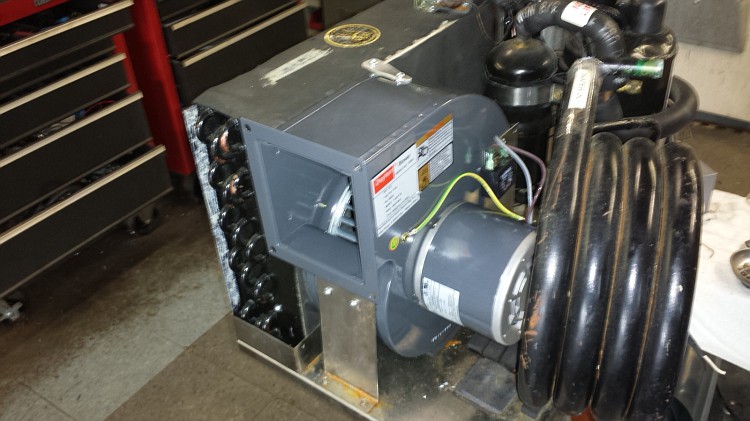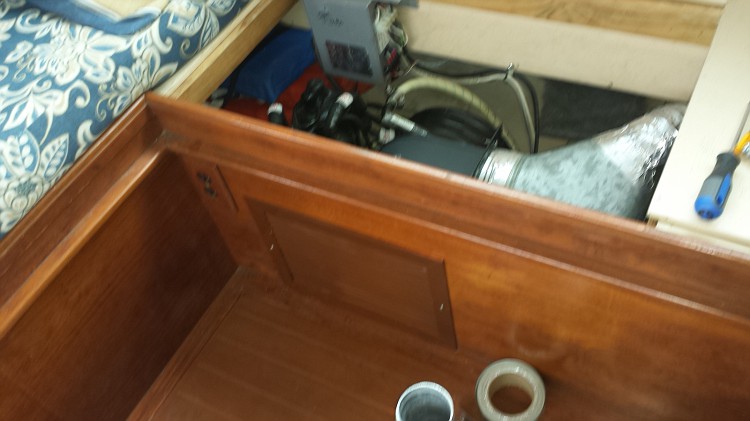Dune
Senior Member
but yet the bearings seems good such that the squirrel cage will turn and start easily with a little help (pushing it lightly with pinkie), would putting in a new run capacitor likely cure the problem ?
(Unlike the condenser compressor for example, I don't think the type of fractional horsepower single phase motors on the air handler blowers have start capacitors, only run capacitors)
I was told by one tech that sometimes the blower motors, even with the slightest wear in the shaft bushings may happen to occasionally stop at a point where there is the slightest difference in the distances between armature and magnets and refuse to start up the next time.
And yet I wonder if part or not all of the problem is more "getting old" capacitor related ? Guess I'll find out in a week or so when a couple of replacement caps come in from eBay. In the meantime, curious what any of you have found regarding this issue ? In other words can these blowers turn effortlessly as new by hand, but still cease to work due to microscopic wear in the axle bushings causing a slight off center situation....or is a weak capacitor more likely ?
(Unlike the condenser compressor for example, I don't think the type of fractional horsepower single phase motors on the air handler blowers have start capacitors, only run capacitors)
I was told by one tech that sometimes the blower motors, even with the slightest wear in the shaft bushings may happen to occasionally stop at a point where there is the slightest difference in the distances between armature and magnets and refuse to start up the next time.
And yet I wonder if part or not all of the problem is more "getting old" capacitor related ? Guess I'll find out in a week or so when a couple of replacement caps come in from eBay. In the meantime, curious what any of you have found regarding this issue ? In other words can these blowers turn effortlessly as new by hand, but still cease to work due to microscopic wear in the axle bushings causing a slight off center situation....or is a weak capacitor more likely ?



